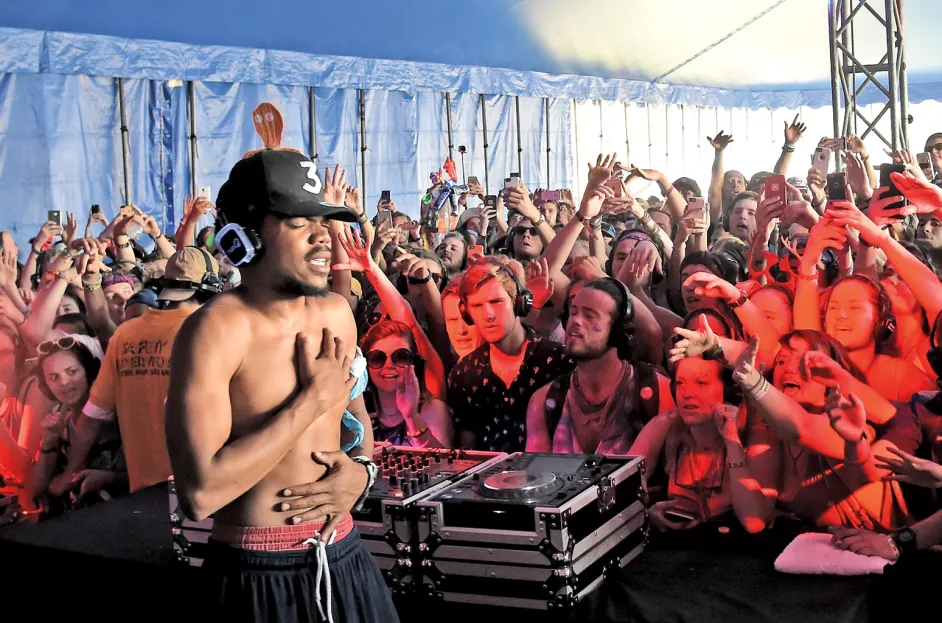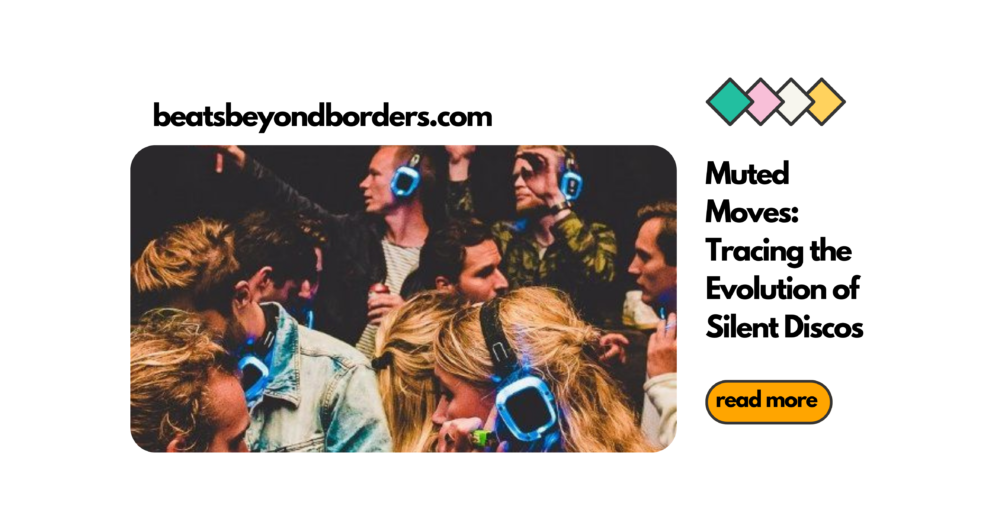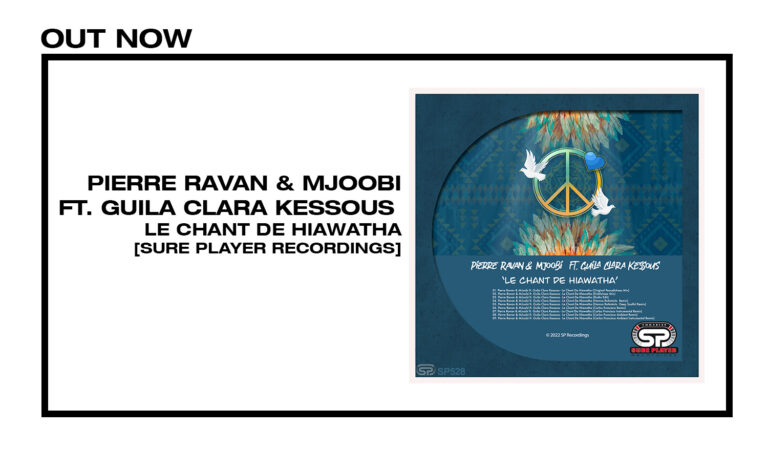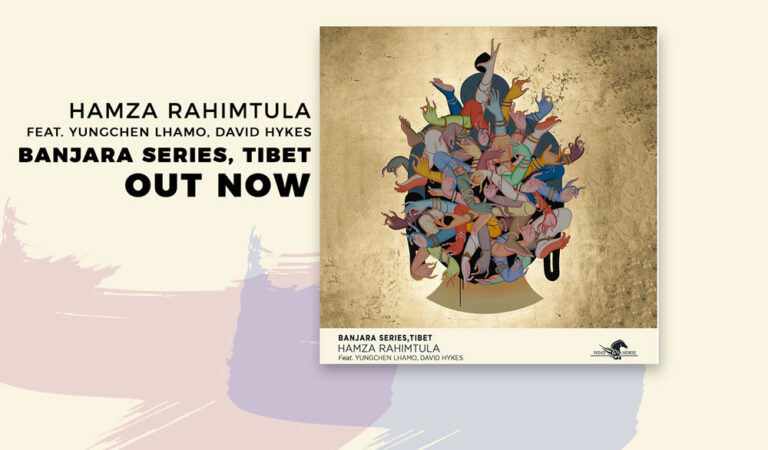The concept of silent discos has a rich history, with earliest references in fiction dating back to a 1967 edition of Astroboy featuring headphone-wearing partygoers. In movies, the first mention came in a 1969 Finnish film called Ruusujen Aika. It was in the 90s that the trend for using headphones at outdoor parties started to kick off, with eco-activists in Netherlands trying to curb noise pollution.
In 1994, Glastonbury took note of this popular trend as being the ideal solution to stop the problem of noise curfew that they were experiencing. Local neighbours would be complaining about the amount of noise they encountered in the evenings, so the festival organizers passed around headphones and connected an on-site radio station to a large screen, enabling attendees to watch late-night events quietly through their radios. Not wanting to miss out on the exciting headphone dance party craze, BBC Live Music held their own silent gig in Cardiff and in 2002, artist Meg Duguid organized a silent dance party at the Museum of Contemporary Art in Chicago.

By 2005, the term “silent disco” was in use, gaining popularity with events at Bonnaroo Music Festival where it advertised it as an event that mentioned how several different DJs would be performing that evening and how silent party headphones were being provided for the audience to wear. And by 2011, silent discos had become such a popular term, with silent parties and events developing into more of a well-known and popular occasion to go to, that the Oxford Dictionary Online added the phrase to their website.

The mechanics of a silent disco are simple, yet intricately thought out. Silent disco events usually involve a DJ (or multiple) spinning tracks on separate channels, with each channel usually corresponding to a different genre of music. Attendees are given wireless headphones and can freely switch between these channels. The charm of a silent disco is the uniquely intimate sensation of listening to music through headphones within a crowd – as if the DJ is playing just for you. Despite its humble beginnings, what was once thought of as an underground phenomenon is now one of the most popular party activities around the world.





